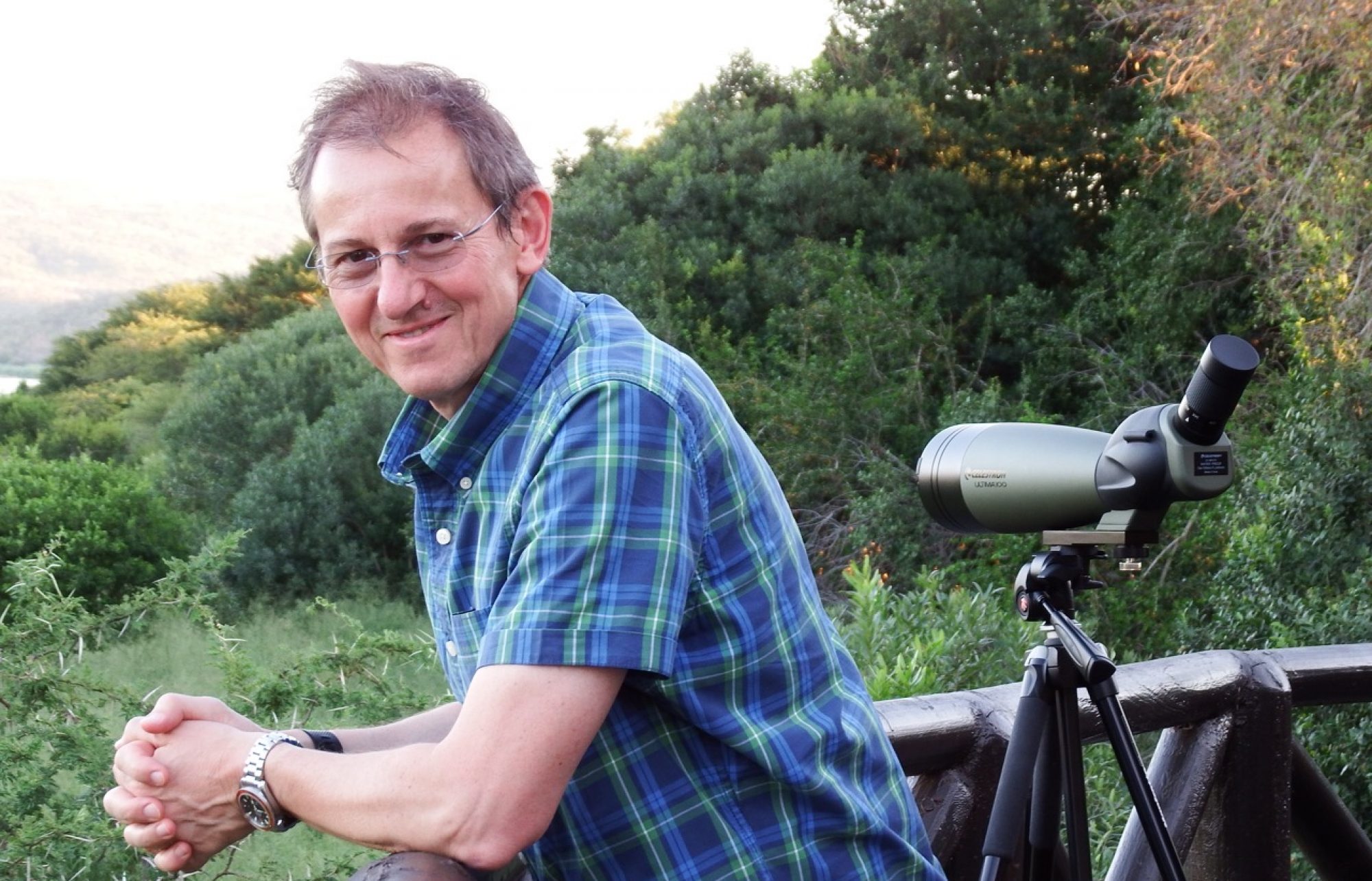Personal page, blog, and more; or less
Site under construction

.
An array of resources

Watch, Read, Listen
Join 900+ subscribers
Stay in the loop with everything you need to know.
Site under construction

.

Stay in the loop with everything you need to know.
 follow:
follow: